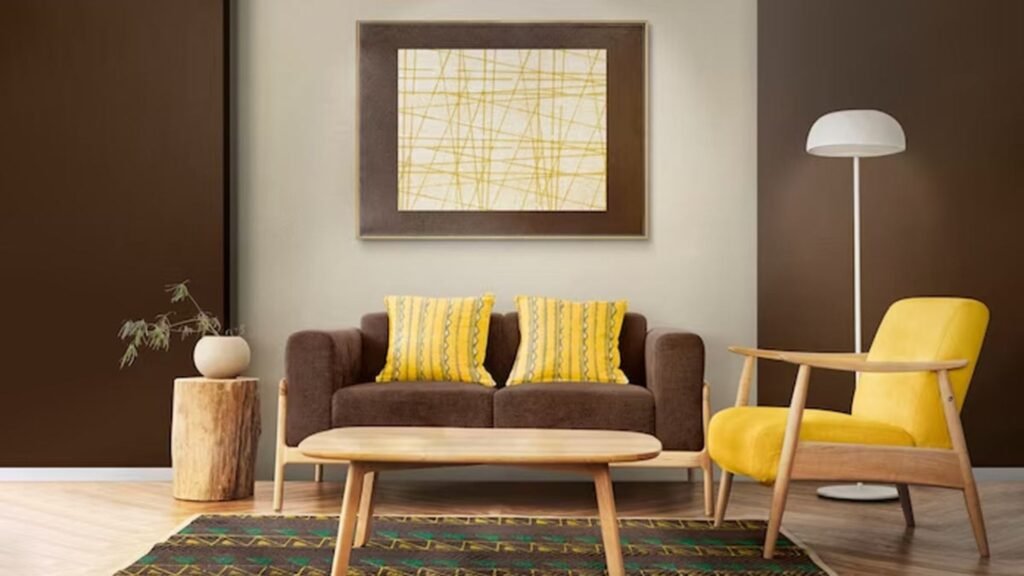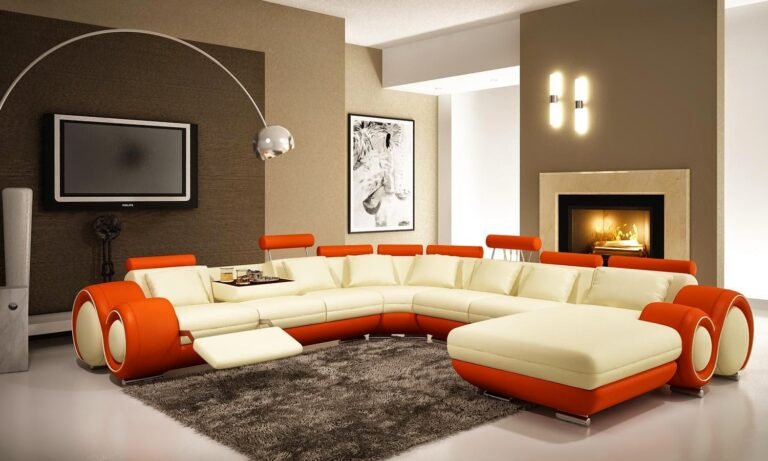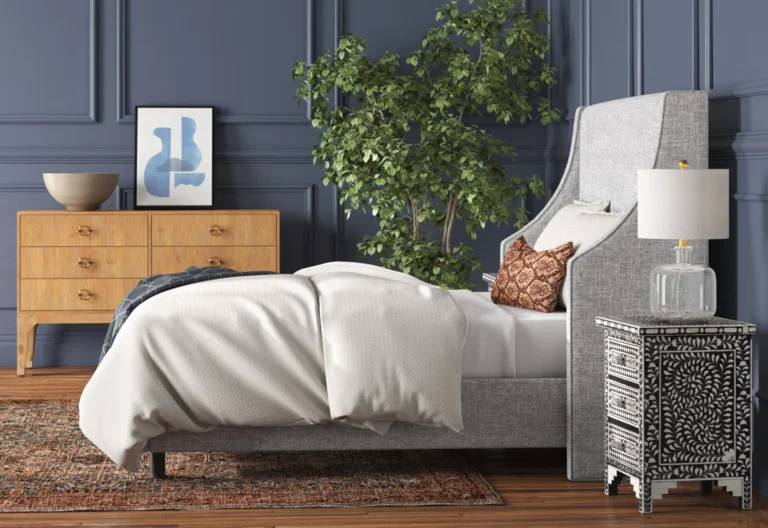
Choosing the right furniture for your home goes beyond just aesthetics. It’s about finding the perfect balance between style, functionality, space, and comfort. Whether you’re furnishing a new home or updating your current space, the right pieces can elevate your home’s design and reflect your personality.

Understand Your Lifestyle Needs
Before buying any furniture, consider how you use your space.
- Do you host guests often?
- Do you work from home?
- Do you have children or pets?
For example, if your living room is the hub of family activities, choose durable, stain-resistant materials and comfortable seating. On the other hand, if your home is more of a quiet retreat, you might prioritize style and aesthetics over heavy-duty furniture.
Measure Your Space Accurately
One of the most common mistakes people make is buying furniture that doesn’t fit.
- Measure room dimensions (length, width, height)
- Consider doorways, windows, and walkways
- Use painter’s tape to mark dimensions on the floor to visualize the space
Make sure you leave enough space for movement and comfort. Overcrowding a room can make it feel cramped, no matter how beautiful the furniture is.
Define Your Style
Your furniture should reflect your taste and coordinate with the overall aesthetic of your home. Are you into:
- Modern minimalism? Opt for clean lines, metal, and neutral colors.
- Rustic charm? Choose timber furniture with natural textures.
- Classic elegance? Consider antique or vintage-inspired pieces.
- Eclectic flair? Mix and match colors, styles, and textures for a personal touch.
Creating a mood board with images from Pinterest or magazines can help you visualize your desired style before shopping.
Focus on Functionality and Purpose
Every piece should serve a purpose. Ask yourself:
- Is this just decorative or functional?
- Can this piece offer storage?
- Will this furniture suit my daily routine?
For example, a sofa bed can be a great choice for small spaces or guest rooms, offering both seating and sleeping functions. Likewise, extendable dining tables can save space while offering flexibility.
Choose Quality Materials
The quality of materials influences durability, maintenance, and comfort. Key materials to consider:
- Timber – strong, timeless, and great for warm aesthetics
- Metal – durable and modern but can be heavy
- Fabric upholstery – cozy and available in many patterns
- Leather – elegant and durable but needs regular care
If budget is a concern, invest in key long-lasting items like sofas and dining tables, and save on decor or trendier accent pieces.
Plan the Layout
Think about traffic flow and how you’ll use the room. Arrange furniture in a way that supports conversation, movement, and usability. Use digital room planners or simple paper sketches to design your ideal setup before buying.
Keep balance in mind. If you choose a large, bold couch, pair it with lighter chairs or minimalist tables to maintain visual harmony.
Don’t Rush the Process
Furnishing a home should be an enjoyable experience, not a race. It’s okay to start with the basics and slowly add pieces over time. This gives you the chance to:
- Discover what you truly need
- Shop around for deals or unique finds
- Evolve your style naturally
Conclusion
Choosing the right furniture is a thoughtful process that requires a mix of planning, personal taste, and practical thinking. By understanding your needs, measuring your space, and aligning with your design preferences, you’ll create a home that feels both beautiful and functional.







